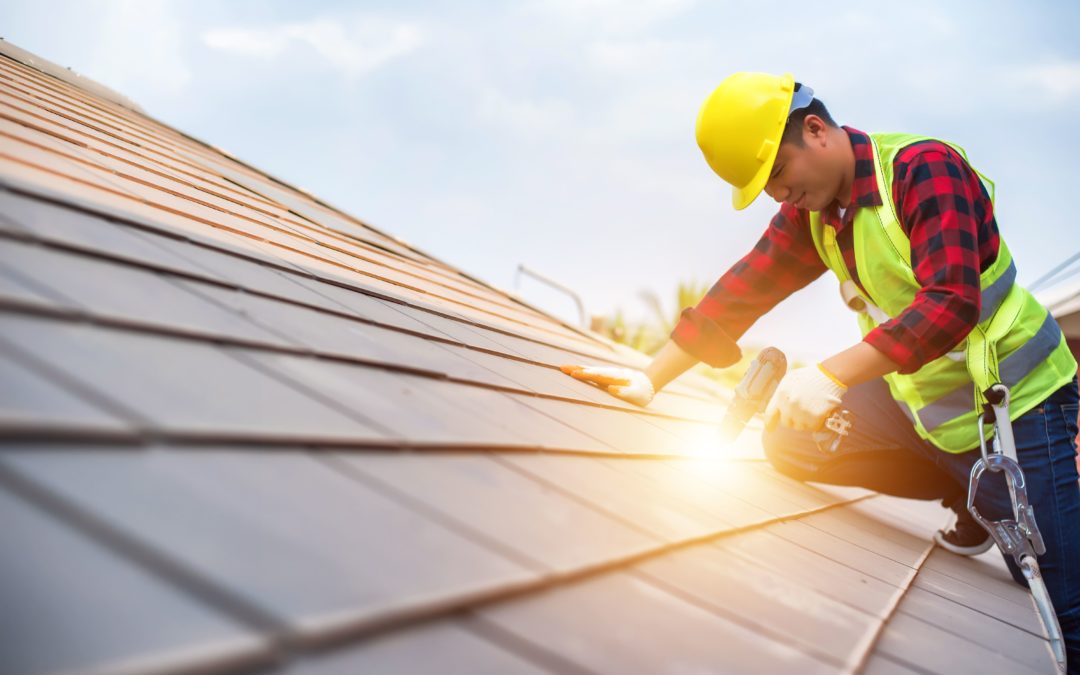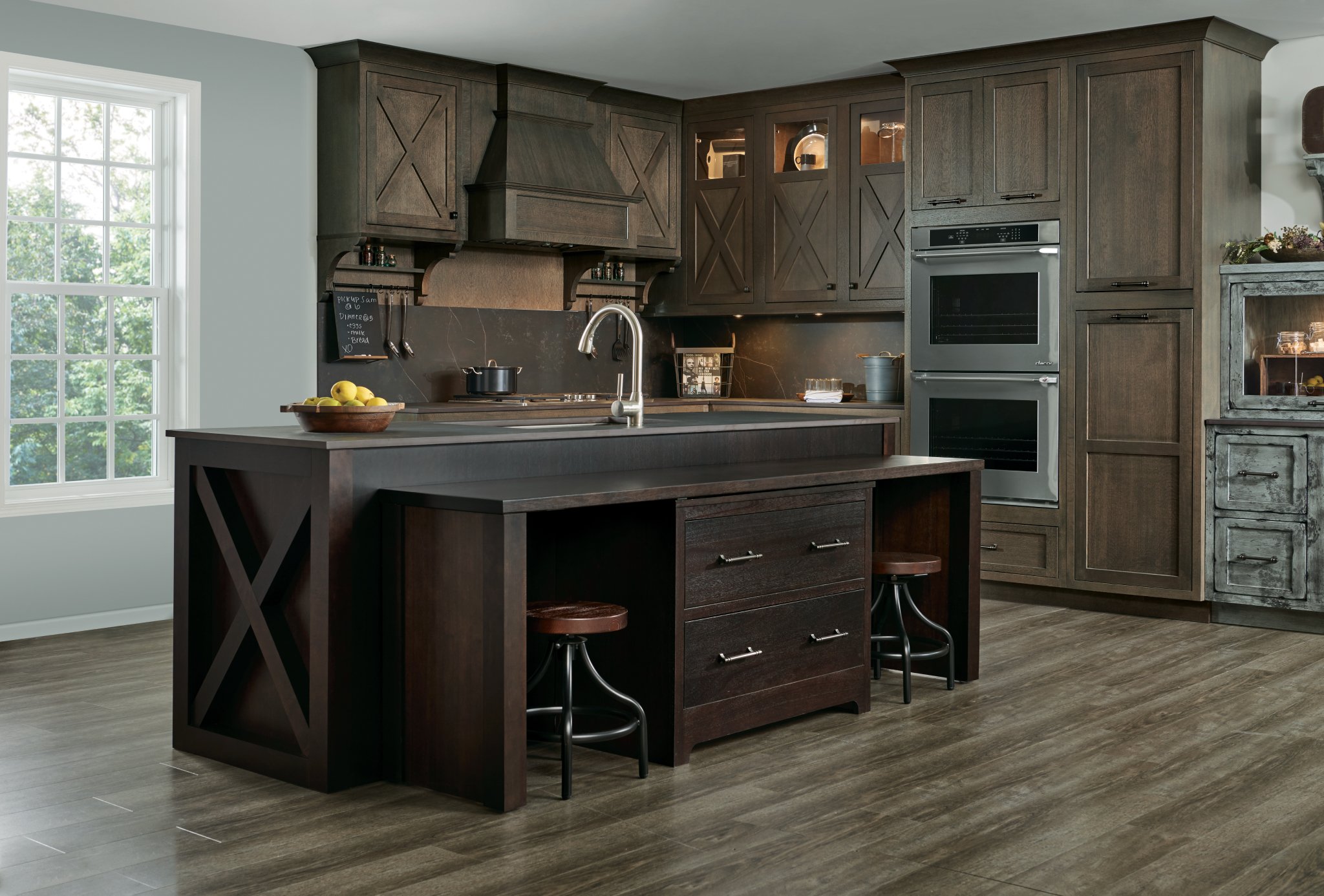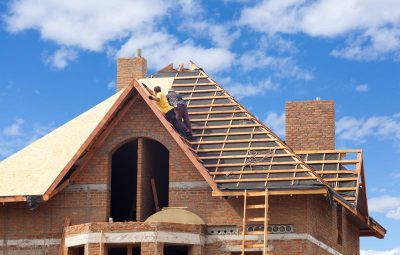Your roof is one of the most critical components of your home’s structure, providing protection from the elements and maintaining the integrity of your property. Over time, wear and tear can lead to damage, leaks, and other issues that necessitate repair or renovation. Ignoring these issues can result in more significant problems down the line, such as water damage, mold growth, and structural instability. Therefore, investing in timely roofing repair and renovation is essential to safeguarding your home and ensuring its longevity.
Selecting the appropriate roofing material is a crucial decision that can significantly impact your home’s durability, energy efficiency, aesthetic appeal, and maintenance requirements. With a wide range of options available, it’s essential to understand the characteristics and suitability of each material to make an informed choice that meets your specific needs and preferences.
Understanding Your Roofing Needs
Assessing your current roofing condition
Before embarking on any repair or renovation project, it’s essential to assess the condition of your existing roof thoroughly. Look for signs of damage, such as missing or damaged shingles, leaks, sagging areas, or rotting wood. Conducting a comprehensive inspection will help identify the extent of the problem and determine the necessary course of action.
Identifying specific repair or renovation requirements
Once you’ve assessed the condition of your roof, identify the specific repair or renovation requirements. Whether it’s patching up leaks, replacing damaged shingles, or undergoing a complete roof overhaul, understanding your needs will guide your material selection and project planning.
Considering factors such as climate, architectural style, and budget
When choosing roofing materials, consider factors such as your local climate, the architectural style of your home, and your budget. Certain materials may be better suited to withstand harsh weather conditions, while others may complement the aesthetic of your home. Additionally, establishing a budget will help narrow down your options and ensure that you select a material that aligns with your financial constraints.
Types of Roofing Materials
Asphalt Shingles
Asphalt shingles are the most commonly used roofing material in North America due to their affordability and versatility. They are made from a fiberglass base mat coated with asphalt and mineral granules.
Pros:
- Affordable
- Easy to install
- Available in a variety of colors and styles
Cons:
- Moderate lifespan (typically 15-30 years)
- Prone to damage in extreme weather conditions
- Varieties and styles
Asphalt shingles come in two main varieties: three-tab and architectural (also known as dimensional or laminate). Three-tab shingles have a traditional flat appearance, while architectural shingles have a more textured, dimensional look.
Metal Roofing
Metal roofing is known for its durability, longevity, and resistance to fire, rot, and insects. Common metal roofing materials include steel, aluminum, copper, and zinc.
Pros:
- Exceptional durability (can last 50 years or more)
- Lightweight
- Energy-efficient
Cons:
- Higher initial cost
- Prone to denting from heavy hail or falling debris
Types of metal roofing materials
- Steel: Affordable and widely used
- Aluminum: Lightweight and corrosion-resistant
- Copper: Elegant appearance and excellent longevity
- Zinc: Durable and low-maintenance
Tile Roofing
Tile roofing is prized for its durability, longevity, and aesthetic appeal. Common types of tile roofing materials include clay, concrete, and synthetic tiles.
Pros:
- Long lifespan (can last 50-100 years)
- Fire-resistant
- Available in various colors and styles
Cons:
- Heavyweight (may require additional structural support)
- Fragile and prone to cracking if walked on
Varieties such as clay, concrete, and synthetic tiles
- Clay tiles: Traditional and elegant, with rich colors and textures
- Concrete tiles: Affordable and versatile, available in a range of profiles and finishes
- Synthetic tiles: Mimic the appearance of natural materials while offering enhanced durability and lower weight
Wood Shakes and Shingles
Wood shakes and shingles offer a rustic, natural aesthetic and excellent insulation properties. Common wood roofing materials include cedar, redwood, and pressure-treated pine.
Pros:
- Attractive appearance
- Excellent insulation properties
- Biodegradable and environmentally friendly
Cons:
- High maintenance requirements (regular cleaning, sealing, and treating)
- Susceptible to rot, insect infestations, and fire (unless treated with fire retardants)
- Sustainability considerations and maintenance requirements
- Sustainable sourcing: Look for wood roofing materials certified by organizations like the Forest Stewardship Council (FSC) to ensure responsible forestry practices.
Maintenance: Regular maintenance is essential to prolong the lifespan of wood roofing, including cleaning debris, treating for mold and mildew, and applying protective coatings.
Slate Roofing
Slate roofing is renowned for its elegance, durability, and longevity. Slate tiles are made from natural stone, offering unmatched beauty and resilience.
Pros:
- Exceptional longevity (can last 100 years or more)
- Fire-resistant
- Low maintenance
Cons:
- High initial cost
- Heavyweight (may require additional structural support)
- Limited availability of skilled craftsmen for installation and repair
- Longevity and aesthetic appeal
When embarking on a roofing project, connecting with a reputable “contractor company near me” can make a significant difference. Local contractors will have the expertise and experience to guide you through material selection, considering your specific needs and the local climate. They can offer insights into the benefits and drawbacks of various materials and help tailor your project to ensure longevity and performance.
Factors to Consider When Choosing Roofing Materials
Durability and longevity
Consider the lifespan of the roofing material and its ability to withstand the elements, including wind, rain, snow, and UV exposure.
Energy efficiency and insulation properties
Look for roofing materials with high thermal resistance (R-value) to improve energy efficiency and reduce heating and cooling costs.
Maintenance requirements
Evaluate the maintenance needs of each roofing material, including cleaning, sealing, and repairs, to ensure that you can meet these requirements over time.
Aesthetic appeal and architectural compatibility
Choose a roofing material that complements the architectural style of your home and enhances its curb appeal.
Cost considerations
Factor in the initial cost of materials and installation, as well as long-term maintenance expenses, when determining the overall affordability of each roofing option.
Making the Right Choice for Your Home
Evaluating the information gathered
Review the pros and cons of each roofing material in light of your specific needs, preferences, and budget constraints.
Consulting with roofing professionals
Seek advice from experienced roofing professionals who can provide valuable insights and recommendations based on your unique circumstances.
Weighing the pros and cons of each material against your specific needs
Carefully weigh the advantages and disadvantages of each roofing material to determine which option best aligns with your priorities.
Finalizing your decision and planning for the repair or renovation process
Once you’ve made your decision, finalize your choice and begin planning for the repair or renovation process, including selecting a reputable contractor and obtaining necessary permits.
Closing Thoughts
Choosing the right roofing material is a critical decision that requires careful consideration of factors such as durability, energy efficiency, maintenance requirements, aesthetic appeal, and cost. Investing in timely roofing repair and renovation is essential to protecting your home and ensuring its longevity, comfort, and value.
By selecting the appropriate roofing material that meets your needs and preferences, you can enjoy peace of mind knowing that your home is well-protected and aesthetically pleasing for years to come.








